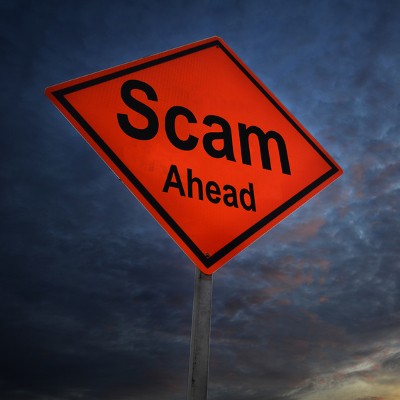Wanting to give donations in the wake of a disaster is admirable. However, with so many regions of the United States having been devastated by a natural disaster in recent weeks, there are dozens of illegitimate charities out there looking to take advantage of your generosity and compassion.
With resources like web pages and applications that allow donations to be collected via electronic payment, it’s easier than ever for fake charities and other bogus relief efforts to look, sound and feel legitimate. Here’s how to make sure that your donations are going to reach those in need.
- Stick with Charities You Have Known About: There are people that begin purchasing URLs for hurricanes or storms as soon as the list of that season’s storm names are released by the NOAA. When in doubt, choose an organization that you’re familiar with if possible.
- Evaluate Validity of Organizations: When you are trying to find a worthy charity or cause, you should always double check to make sure that they are who they say they are. These links are for a few websites that evaluate charities for legitimacy: Charity Navigator, Charity Watch, GuideStar, or the Better Business Bureau’s Wise Giving Alliance.
- Don’t Click on Links: Beware of any unsolicited links or attachments because they might be malware. Hackers love natural disasters because it’s an ideal time to use malware to exploit those in need.
Would you like to donate to a disaster fund? FEMA has a website that tells you how you can volunteer and/or donate responsibly. The National Voluntary Organizations Active in Disaster is also a great resource to find out how you can help without being scammed!


